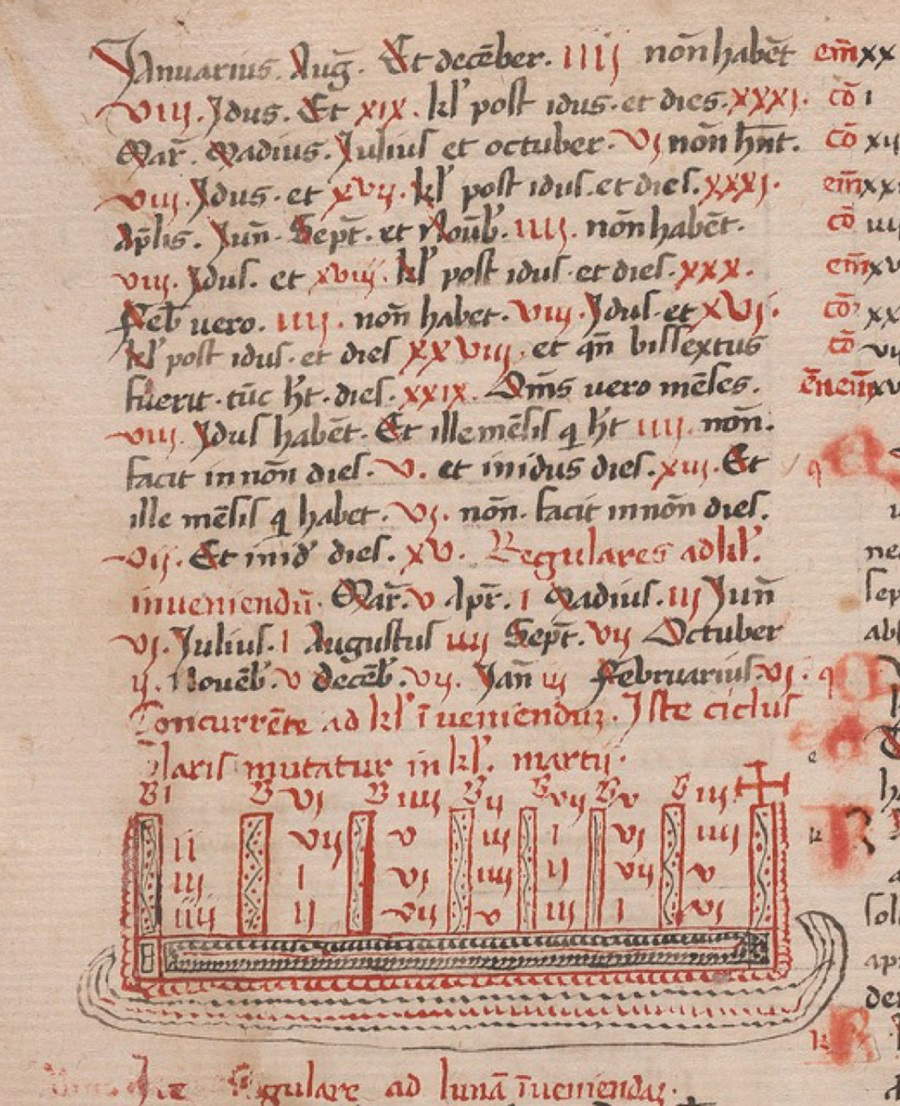A precious medieval codex from ancient Luni, long thought lost, has returned to light thanks to the efforts of theUniversity of Pisa. Known now as the Beinecke manuscript ms. 1153, this ancient document holds several lives of saints, including a hitherto unpublished Life of St. Terentius, and recounts the journey to the Holy Land of a Pontremolese cimator.
For nearly three centuries, the manuscript had remained hidden from the eyes of experts, until an interdisciplinary team of scholars from the University of Pisa finally revealed its true identity. Originally owned by the diocese of Luni, the manuscript went through an adventurous odyssey starting in the second half of the 18th century, through testamentary bequests and commercial exchanges, until it landed in the United States, in the collections of the Beinecke Rare Book and Manuscript Library at Yale University.
Rediscovered by an enthusiast and later digitized, the Lunar manuscript was brought back to the attention of the University of Pisa, where it was the subject of in-depth research conducted by Paolo Pontari, a philologist in the Department of Philology, Literature and Linguistics, Enrica Salvatori, a historian in the Department of Civilization and Forms of Knowledge, and Gianni Bergamaschi, an expert in agiology.
“The text, which can be ascribed to the second half of the 14th century, is an invaluable source for understanding the Tuscan and Lunigiana Middle Ages and has led and will lead to important historical discoveries,” explains Professor Enrica Salvatori. “It is a miscellany that contains several lives of saints, including an unpublished Life of St. Terentius, an account of the journey to the Holy Land by a Pontremolese cimatore, the ordering of the canons of the cathedral of Luni, calendars, lunar diagrams and a treatise on the identification of Easter.”
“The study we are conducting on the Beinecke manuscript cuts across all the texts that make up this interesting miscellany of clear Lunigiana origin,” adds Professor Paolo Pontari. “Among the documents contained in the manuscript, however, an odeporic text stands out, the critical edition of which, currently in preparation, will allow us to follow the footsteps of the cimatore Franceschino da Pontremoli on his pilgrimage to Rome and the Holy Land.”
“The interest of this manuscript lies precisely in the heterogeneity of the texts it contains, most of which are hagiographic but which are not arranged according to the annual liturgical cycle,” concludes agiologist Gianni Bergamaschi. “The problem that remains open is to understand for what reasons such a codex was packaged, in which even the hagiographic texts are uneven: some are very rich, others are poorer. In addition, there is a large Franciscan component, but in between also appear saints whose presence in this context is difficult to understand, as in the case of St. Ivo of Brittany and Audomaro of Thérouanne. How they ended up there is all to be discovered.”
 The
The
 |
| Pisa, University discovers valuable medieval Lunar codex believed lost |
Warning: the translation into English of the original Italian article was created using automatic tools. We undertake to review all articles, but we do not guarantee the total absence of inaccuracies in the translation due to the program. You can find the original by clicking on the ITA button. If you find any mistake,please contact us.